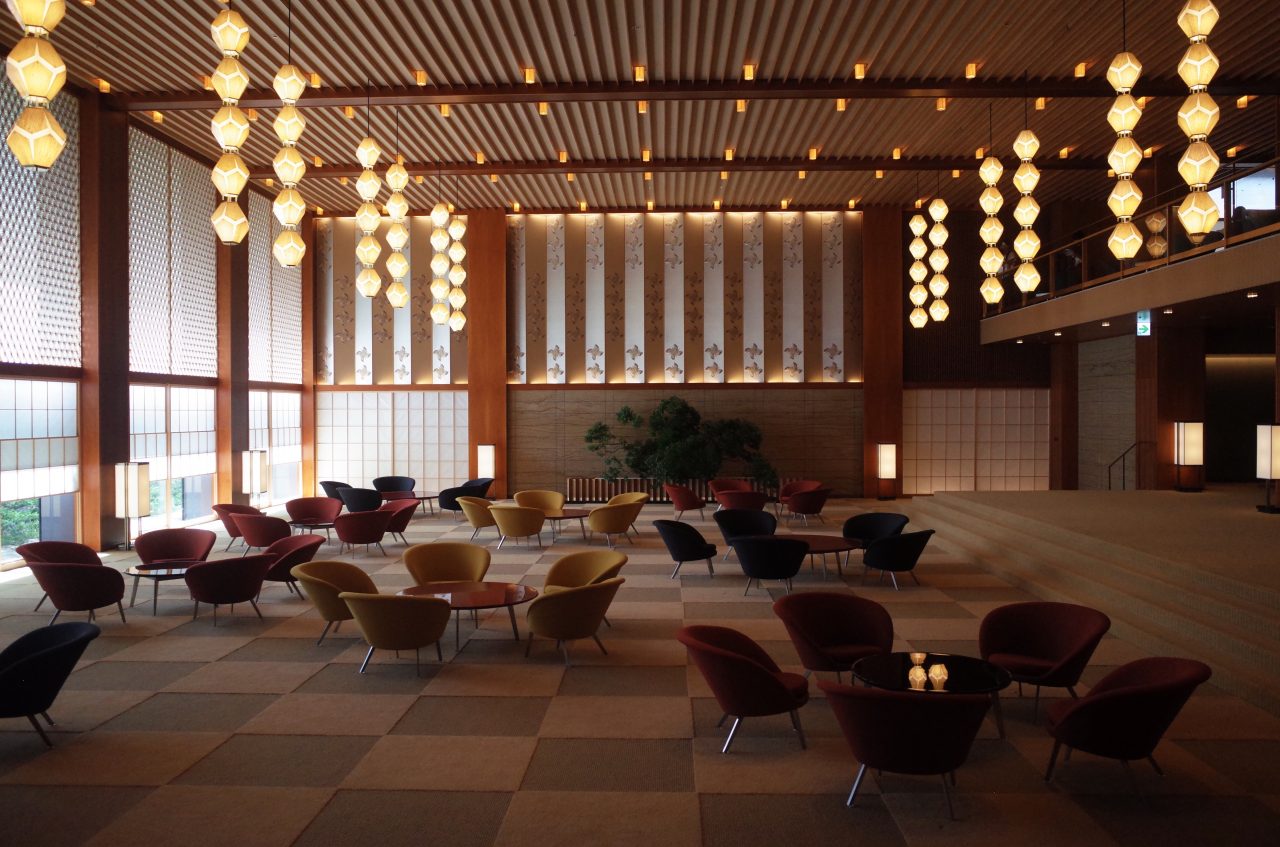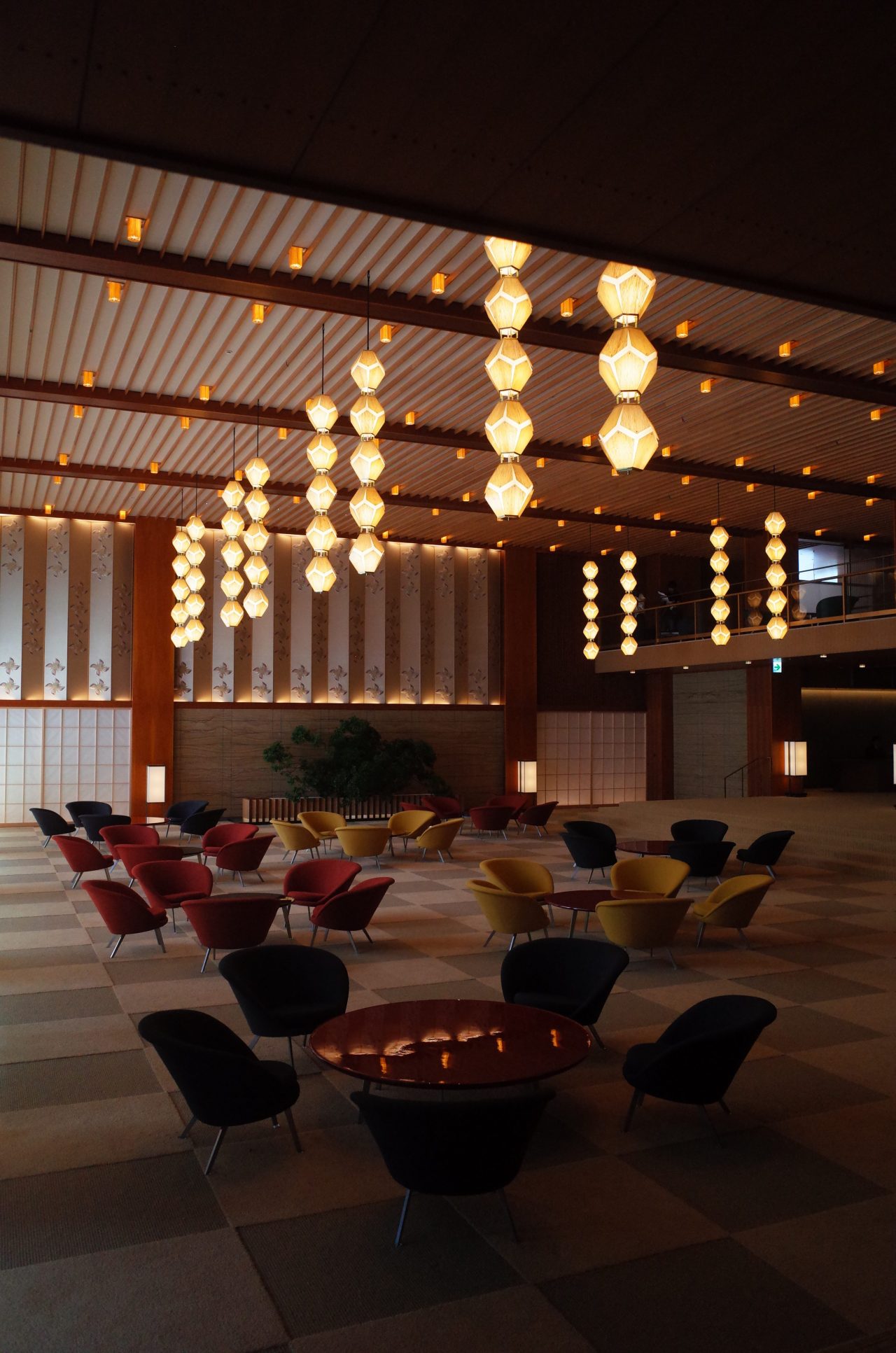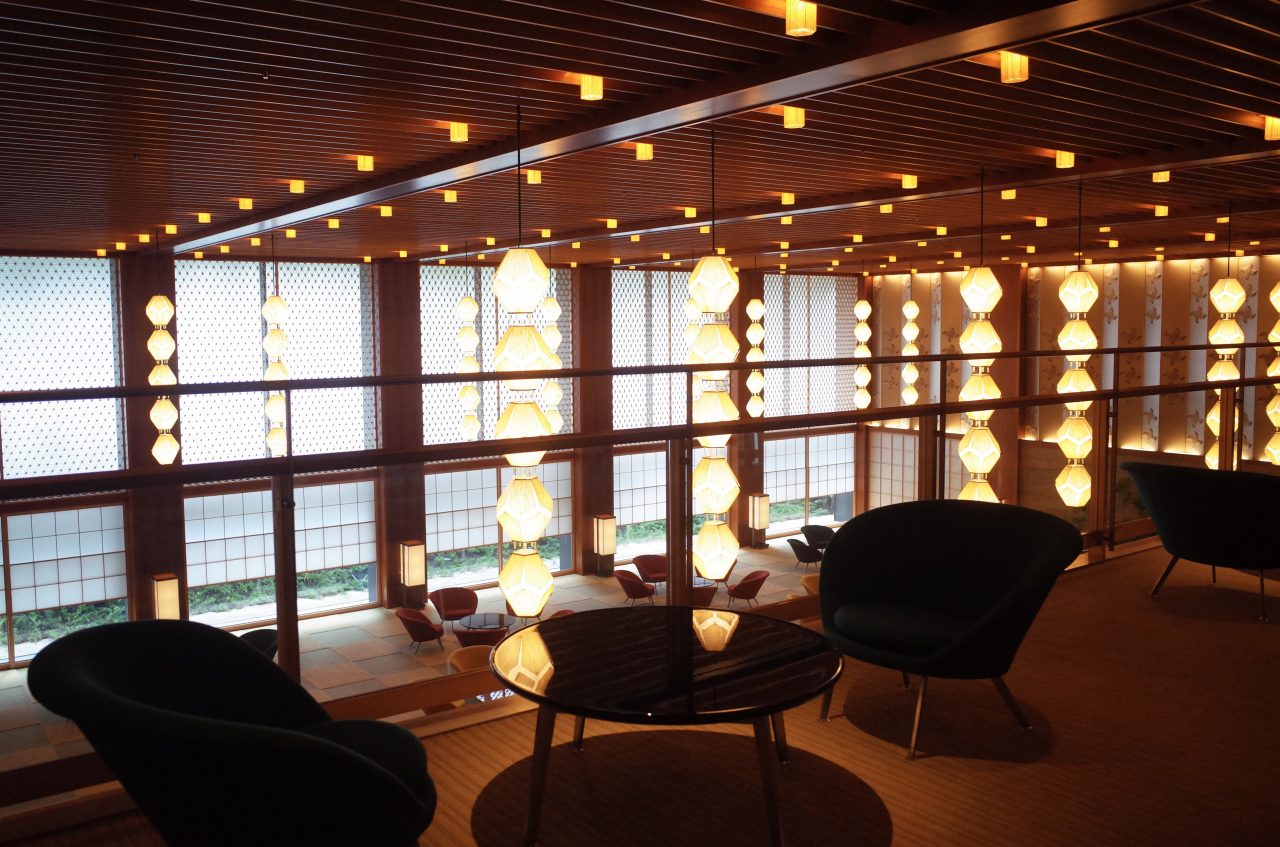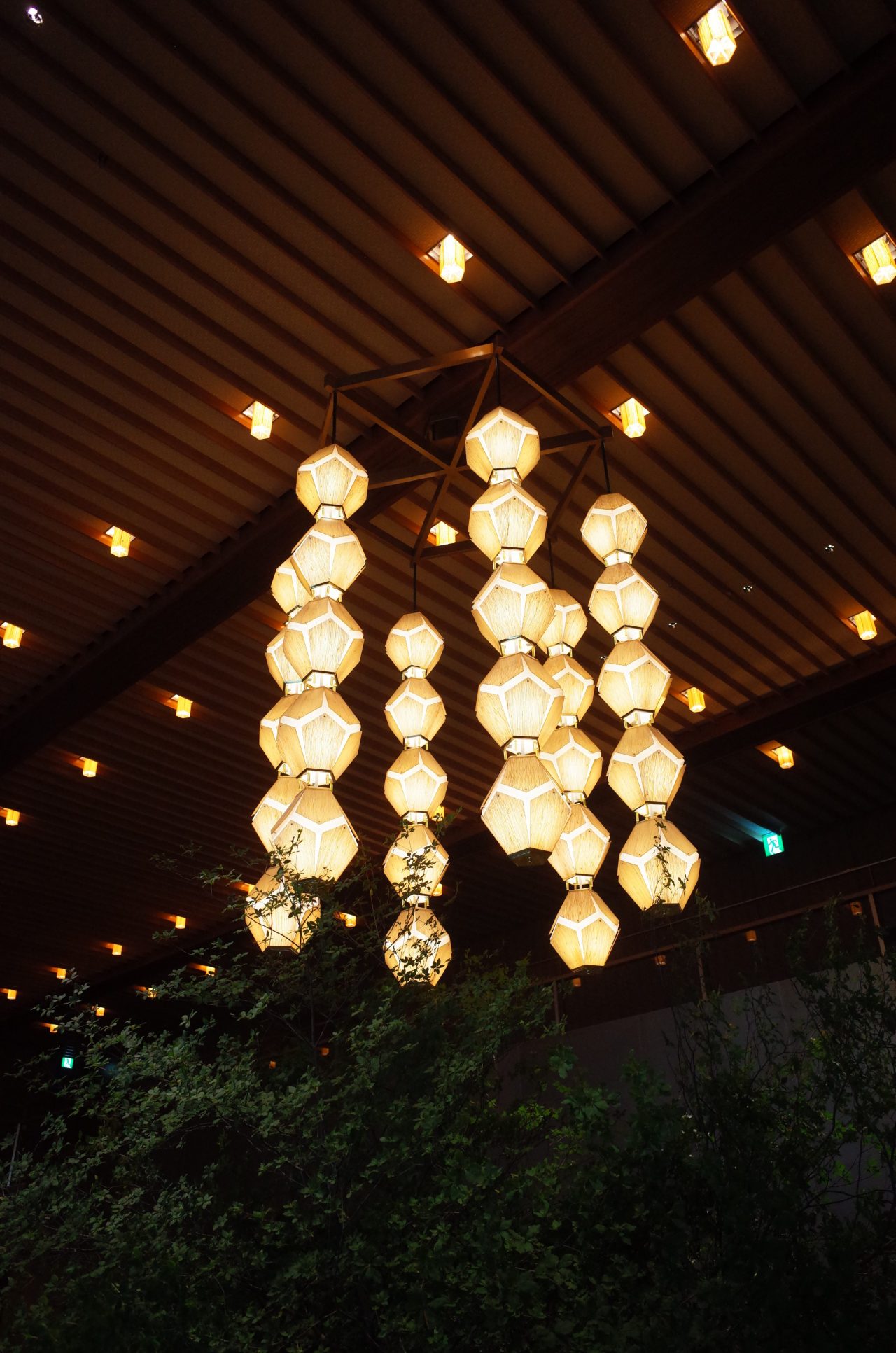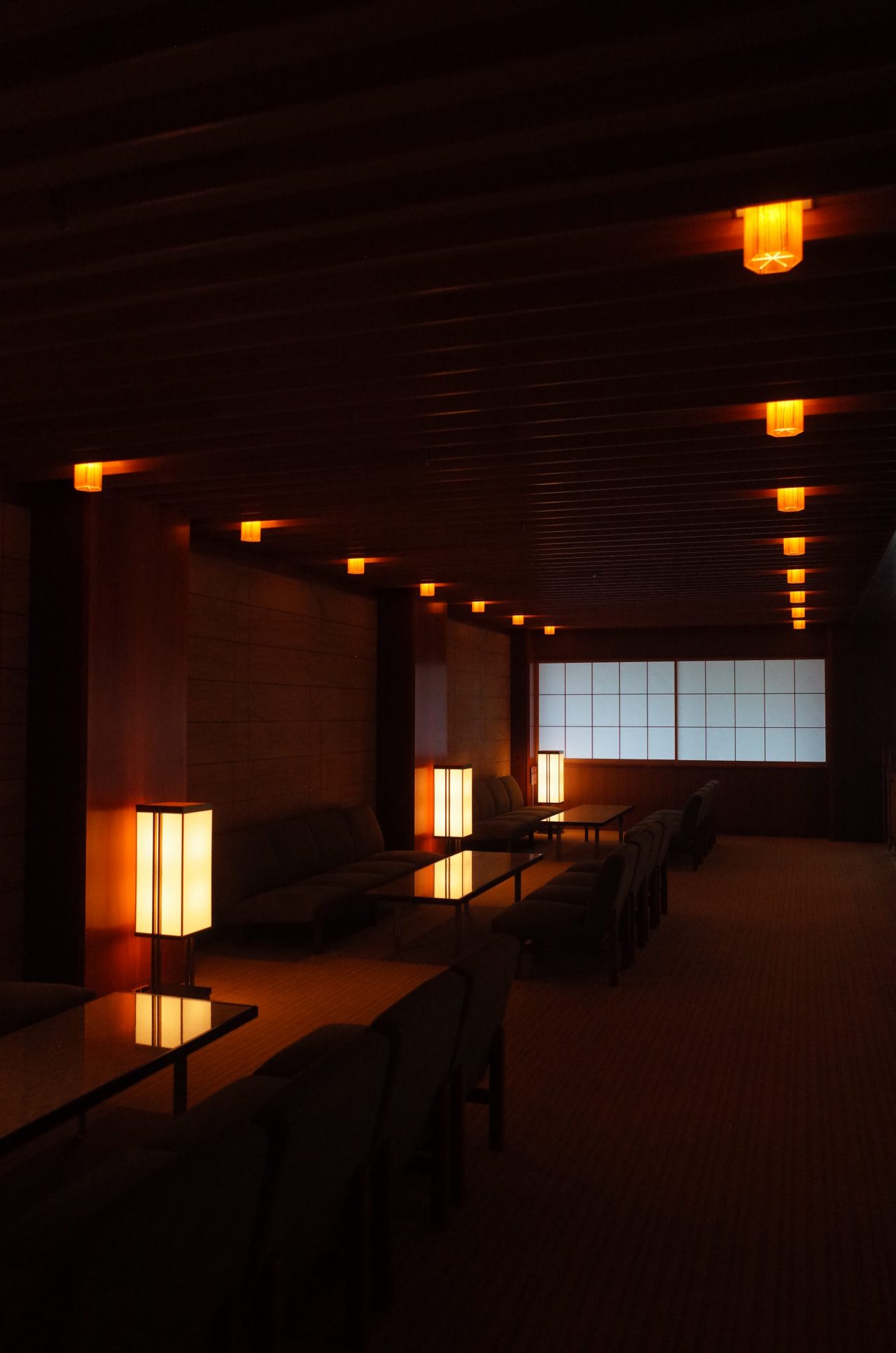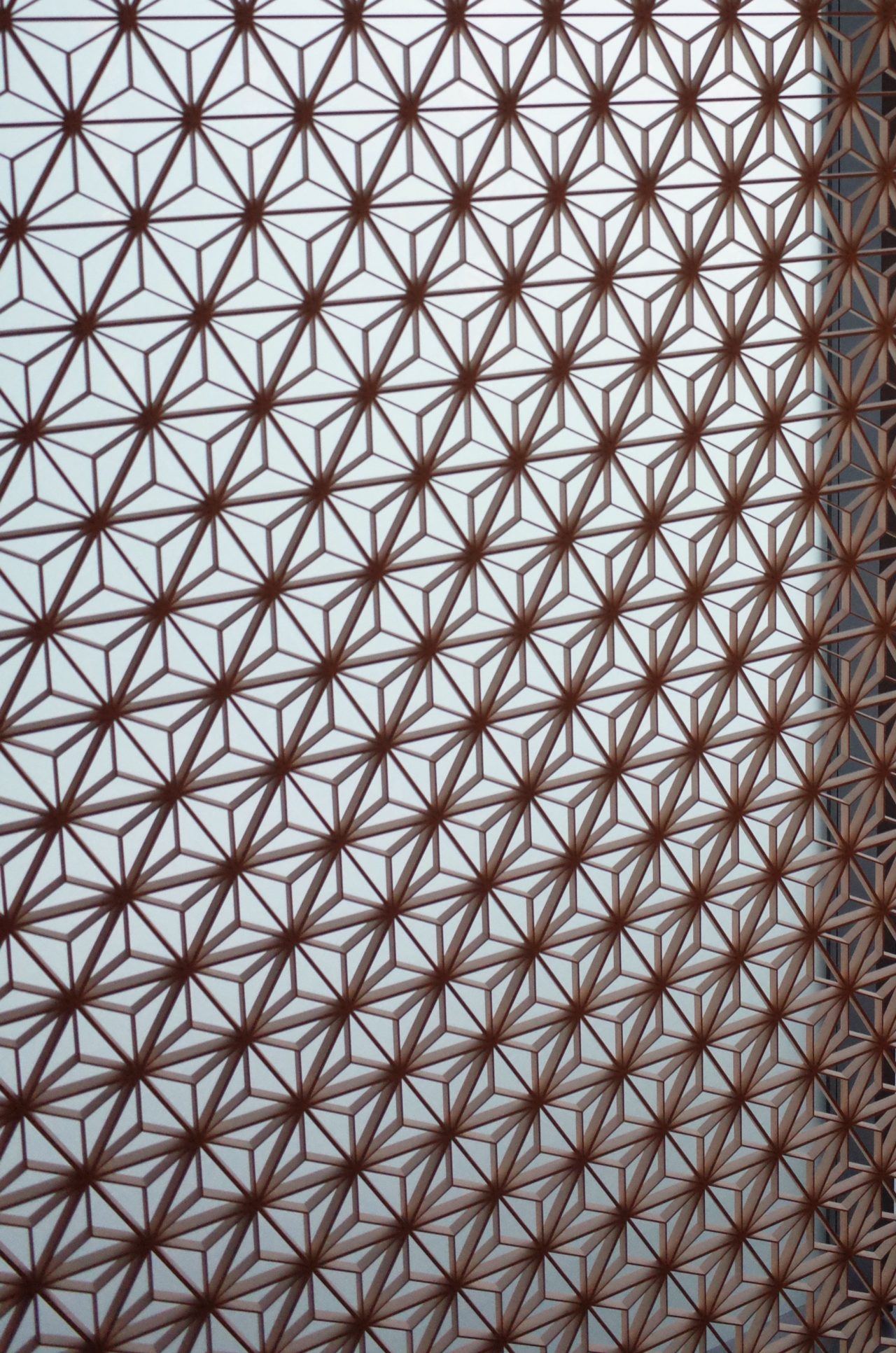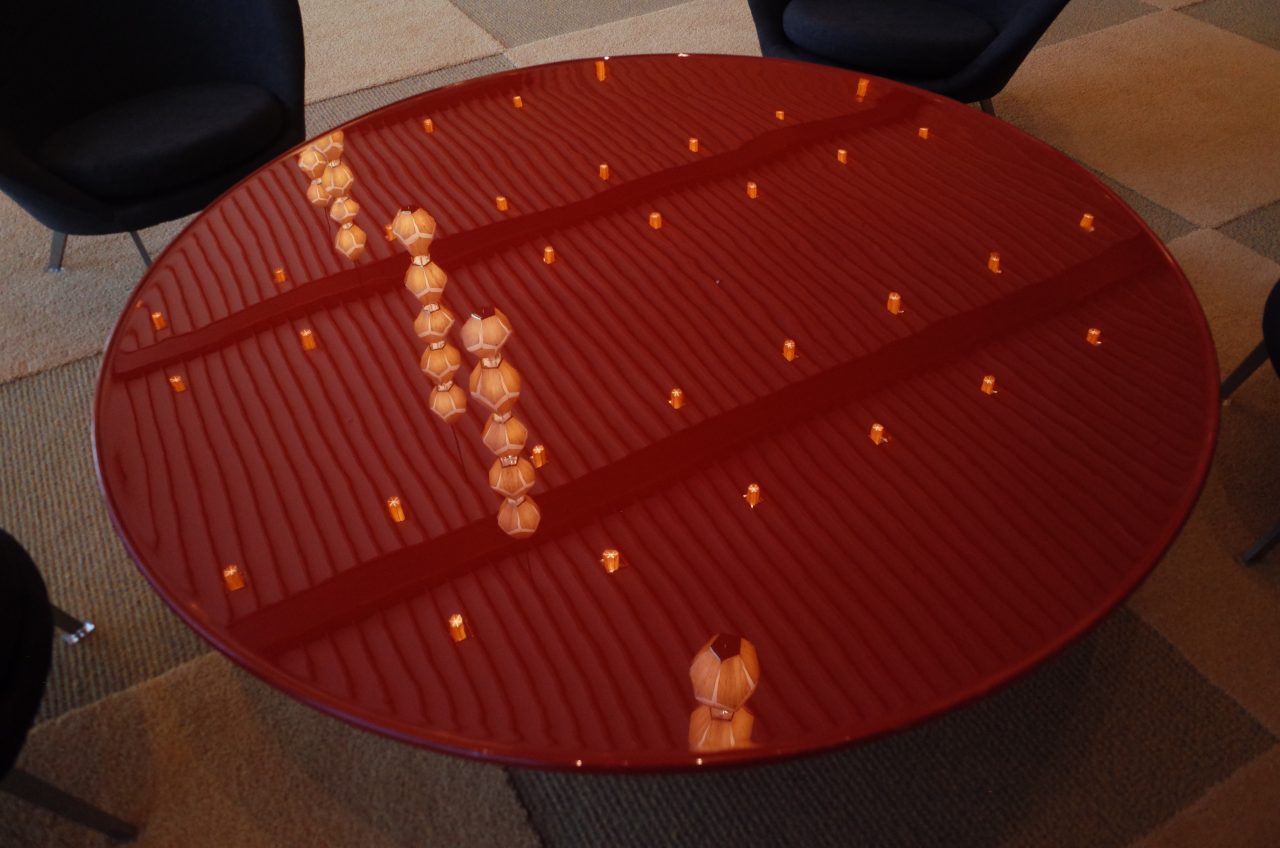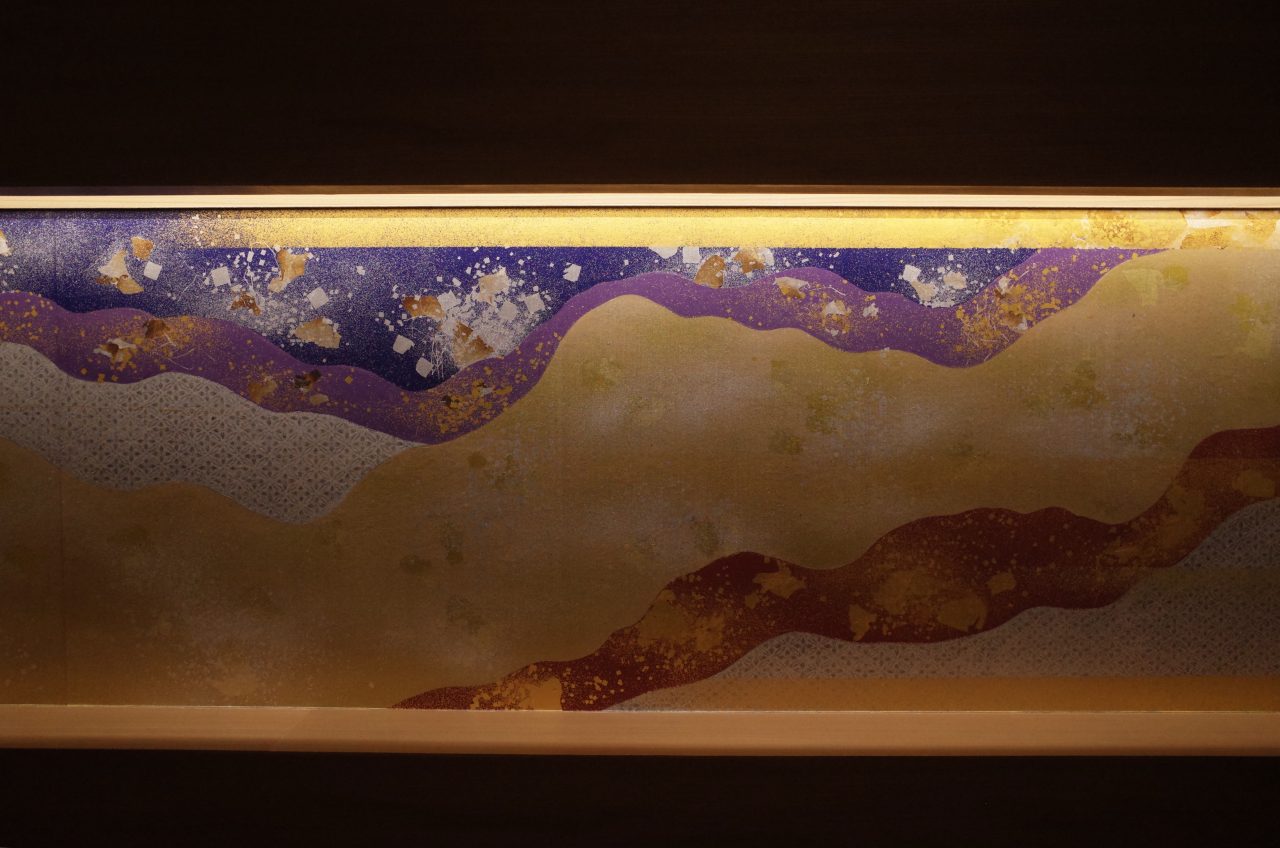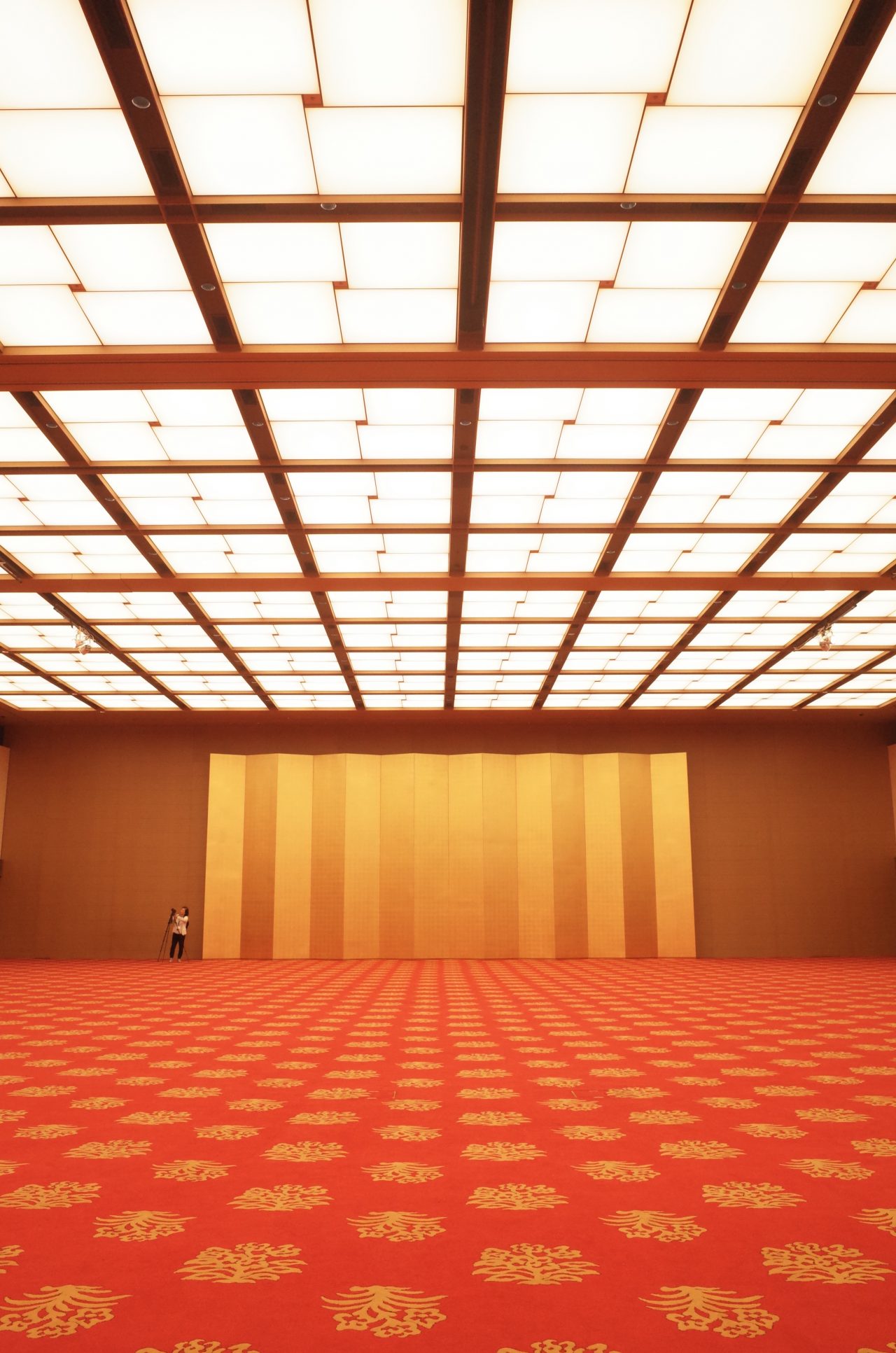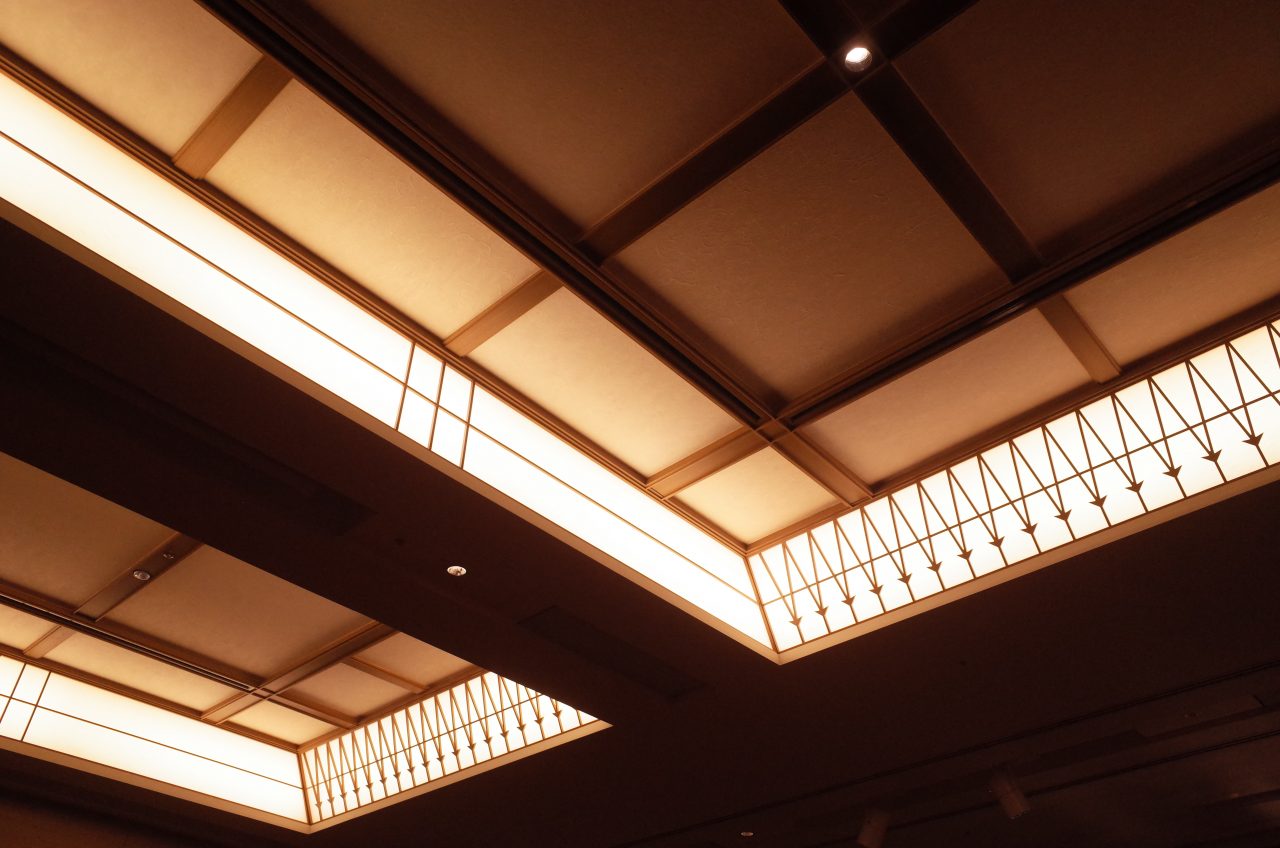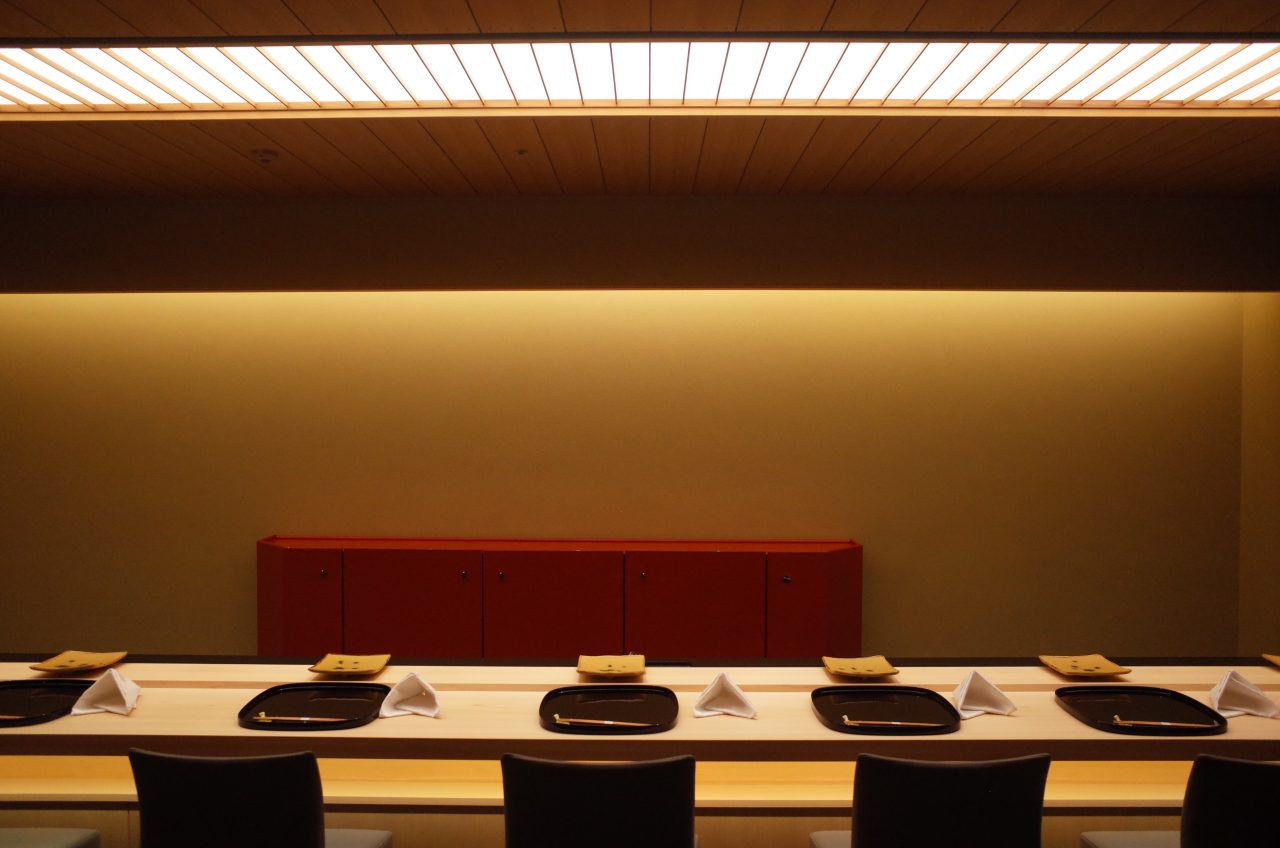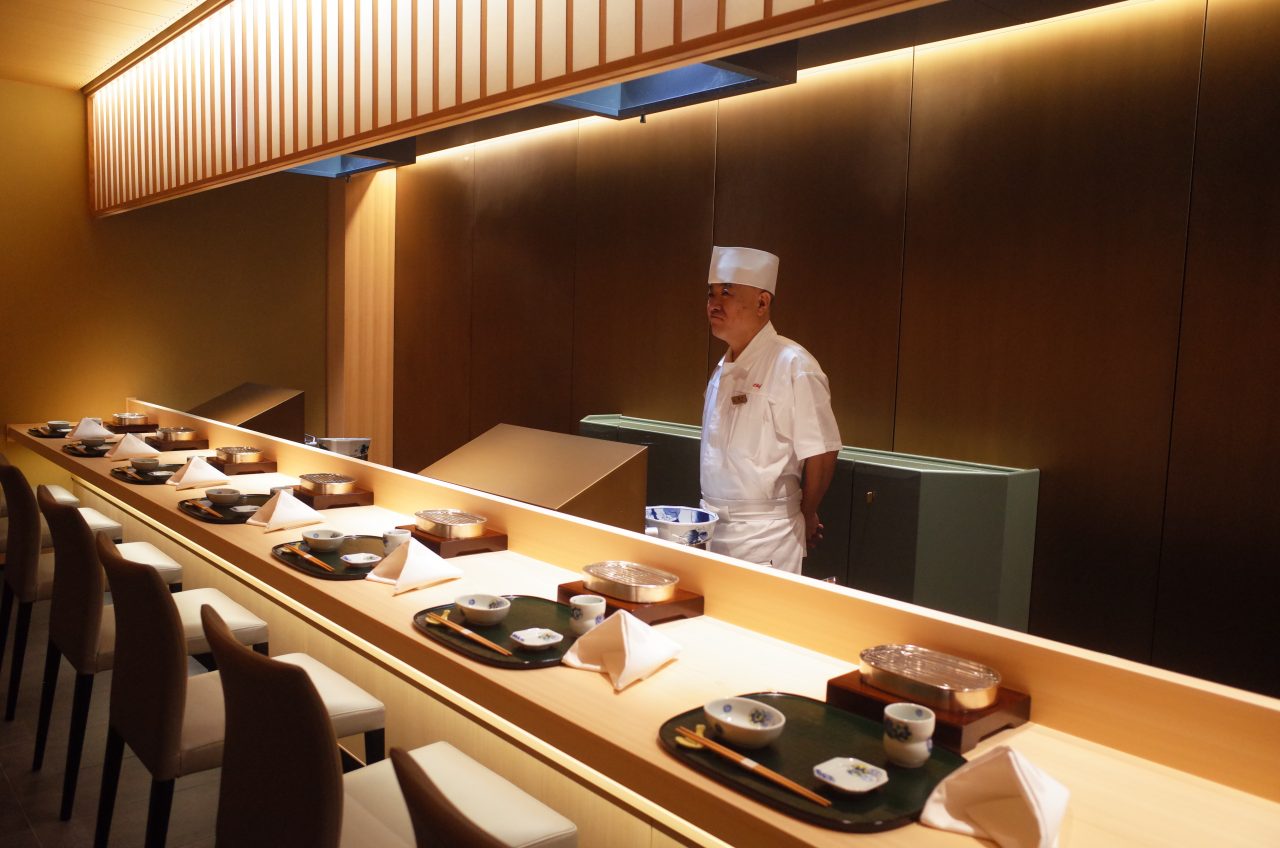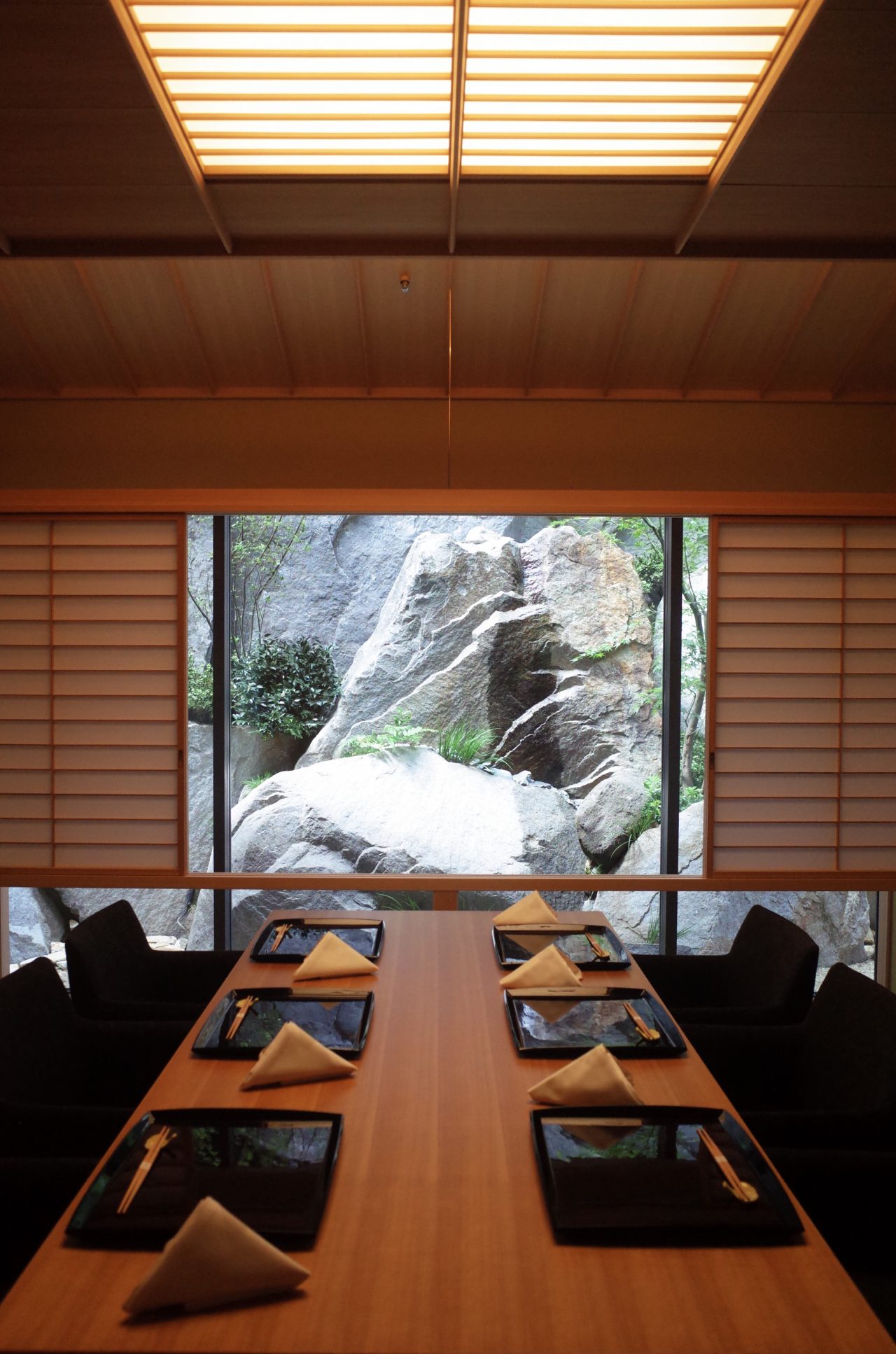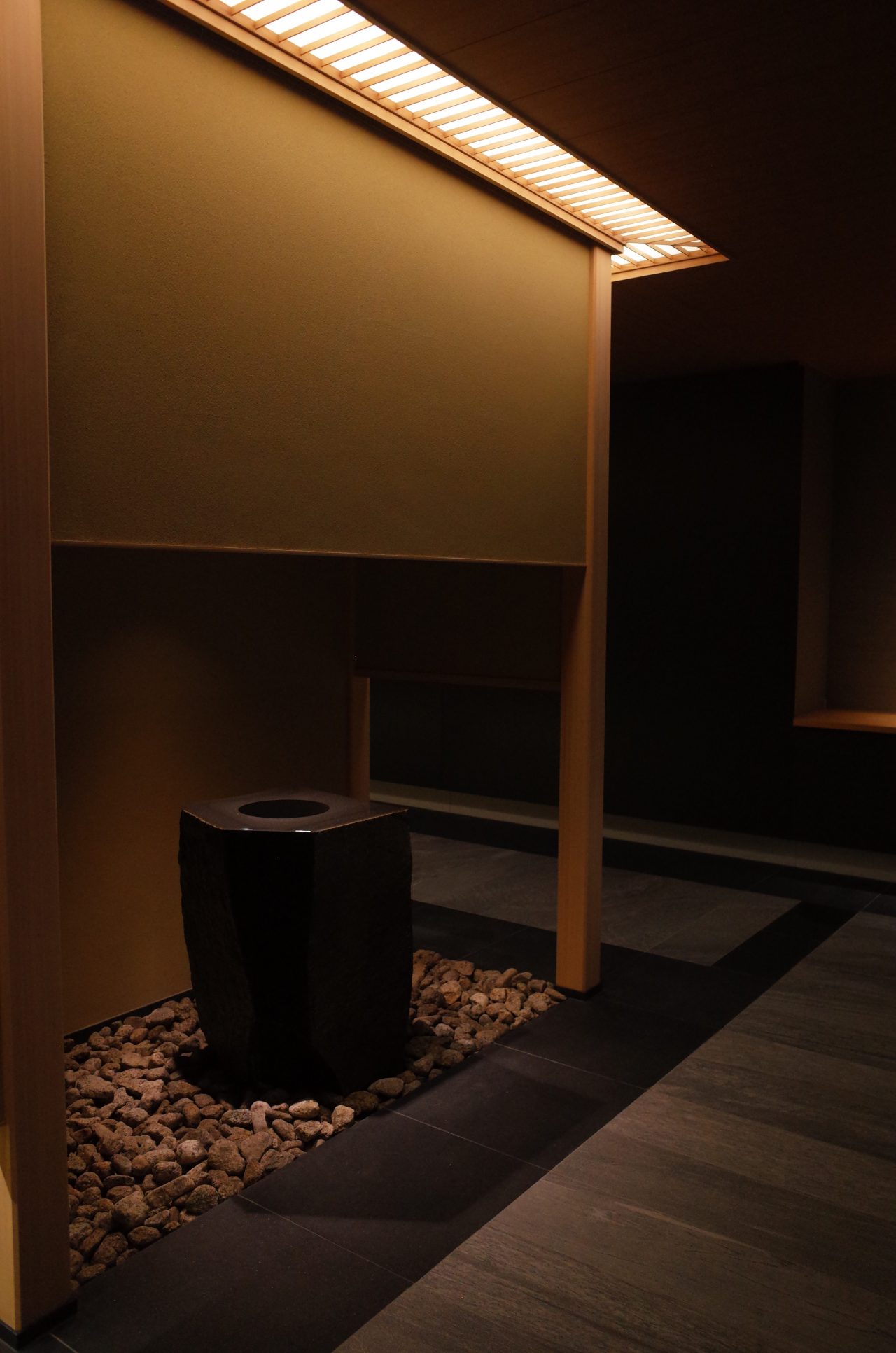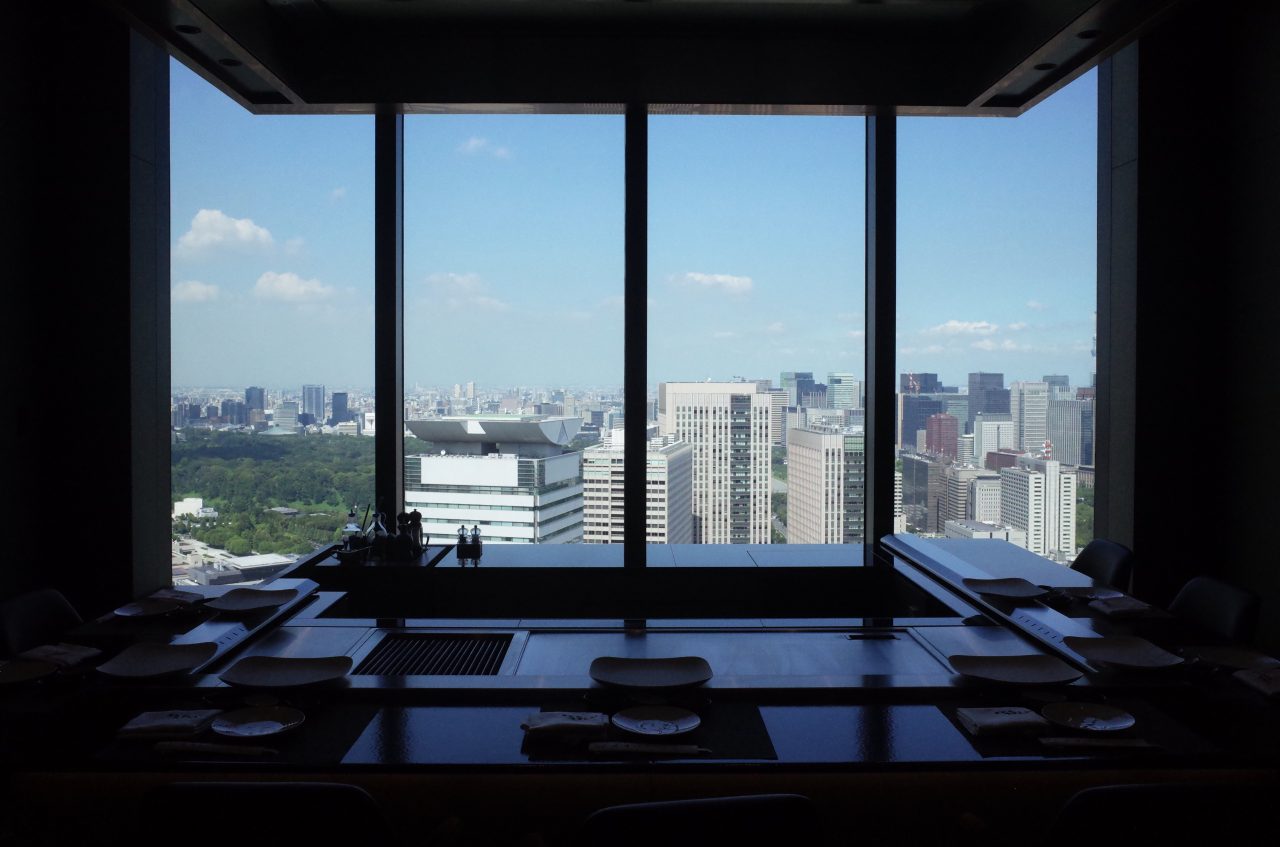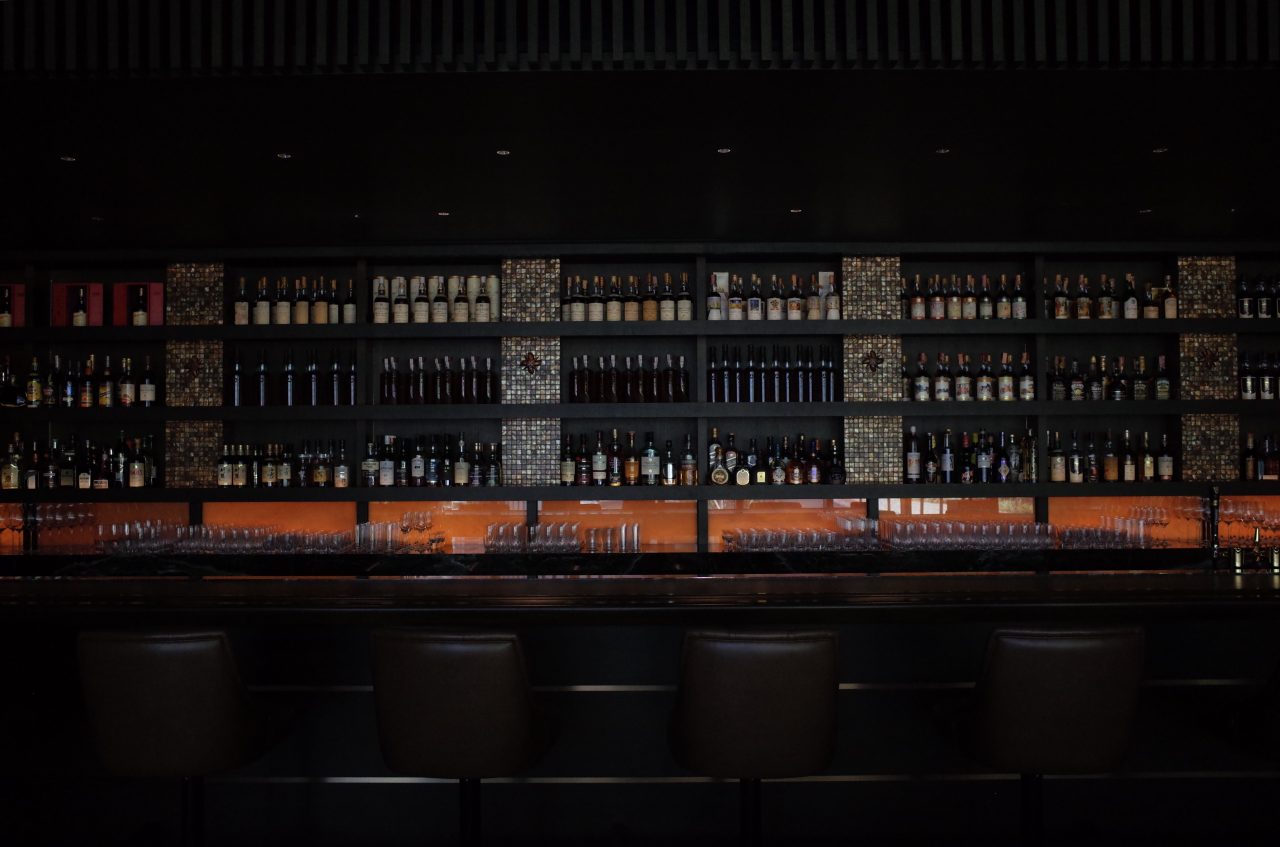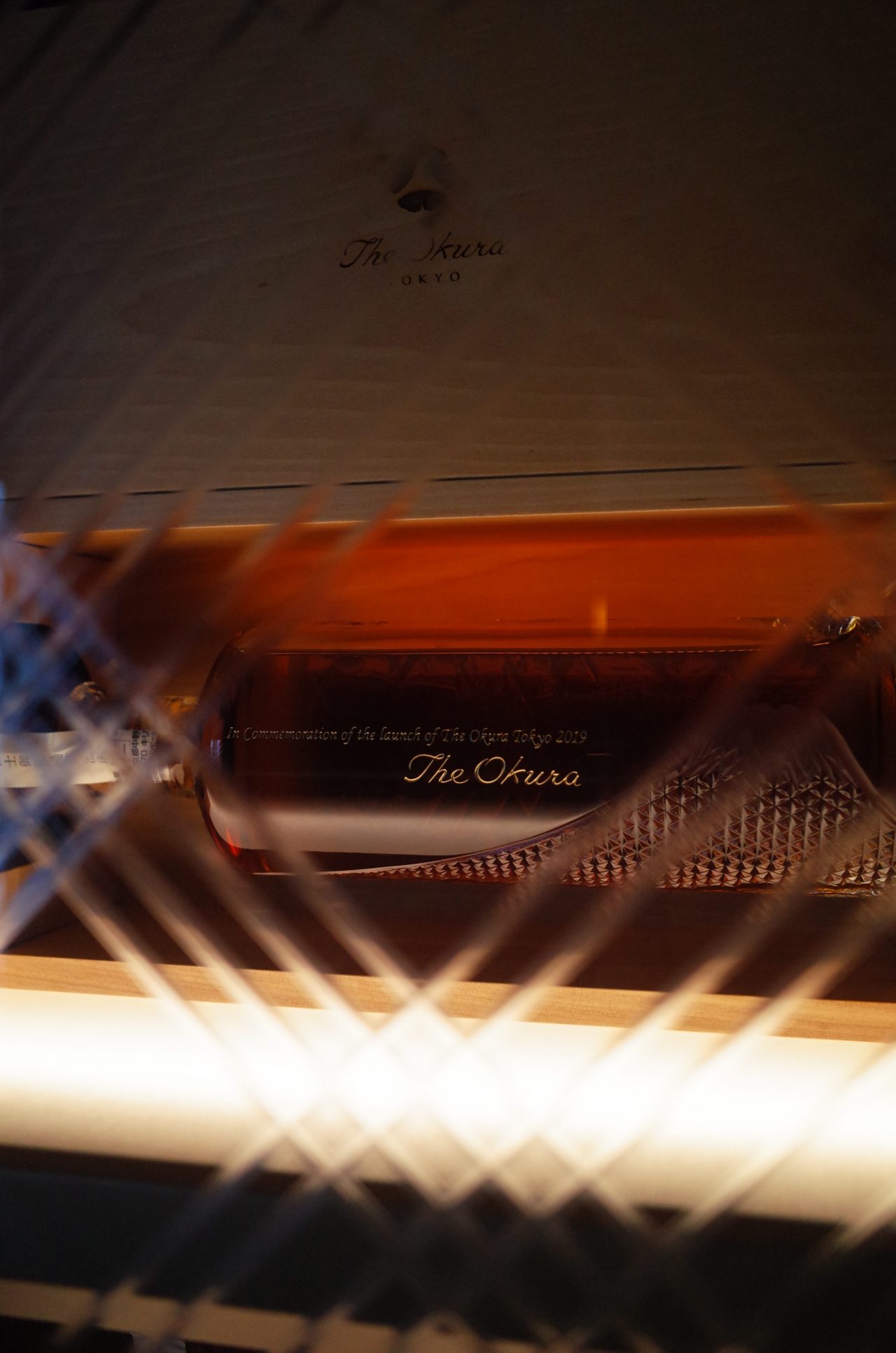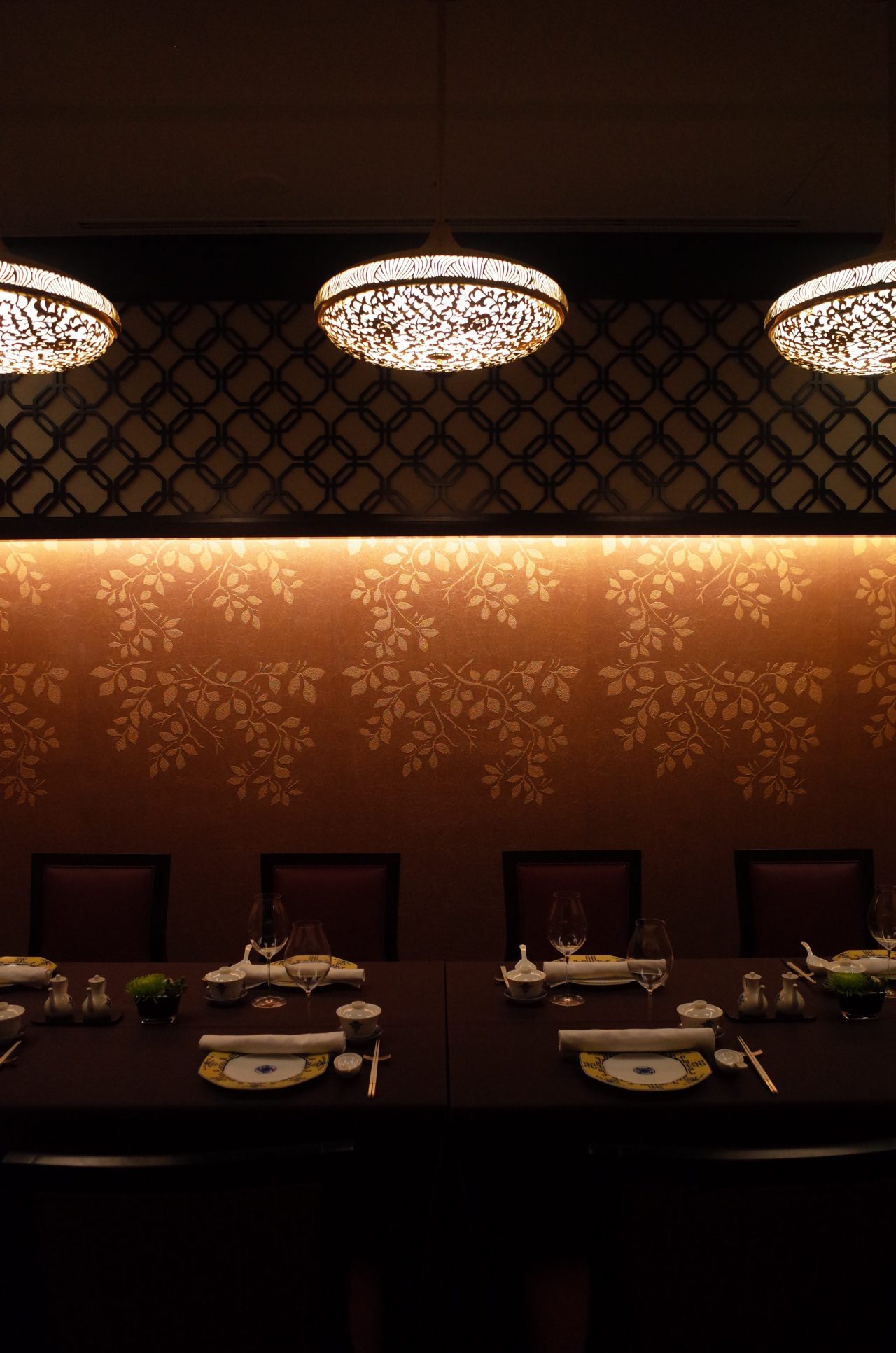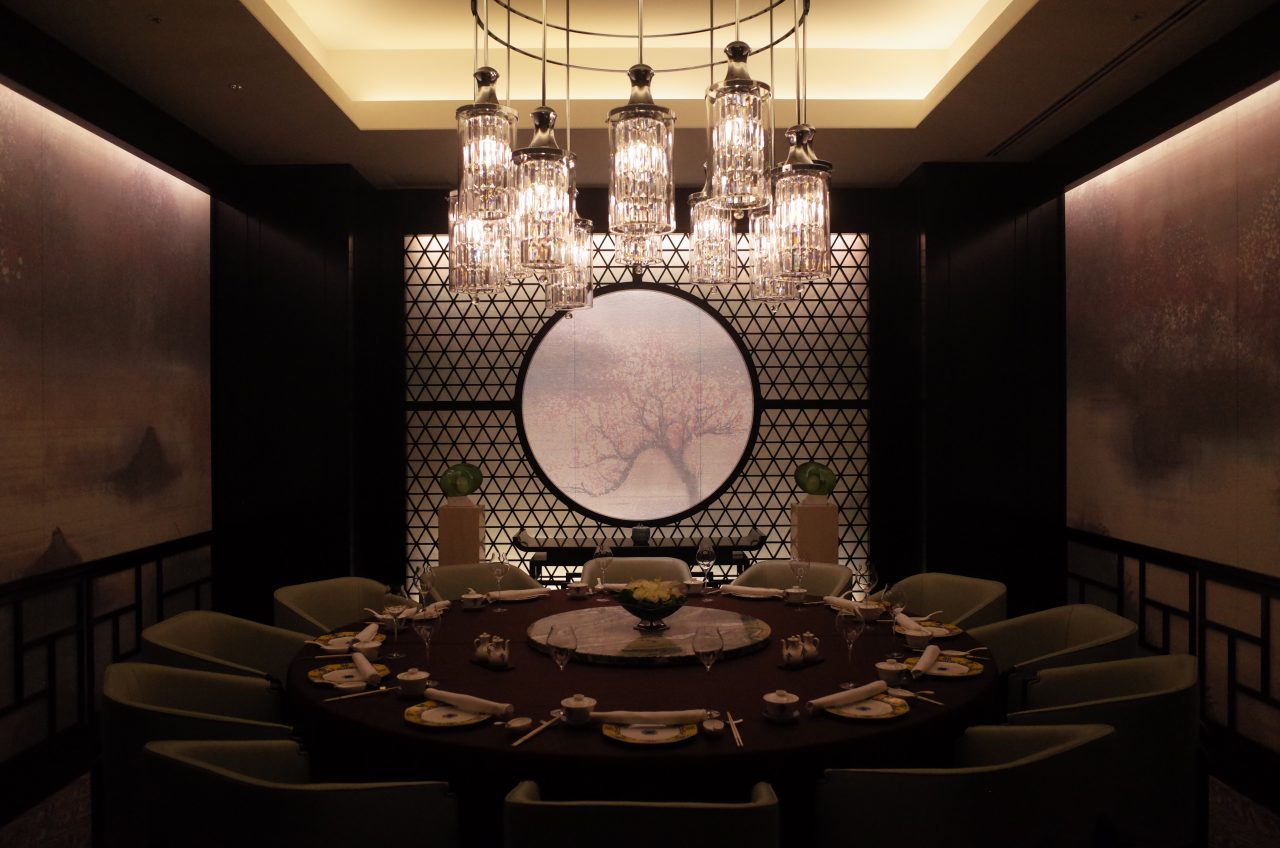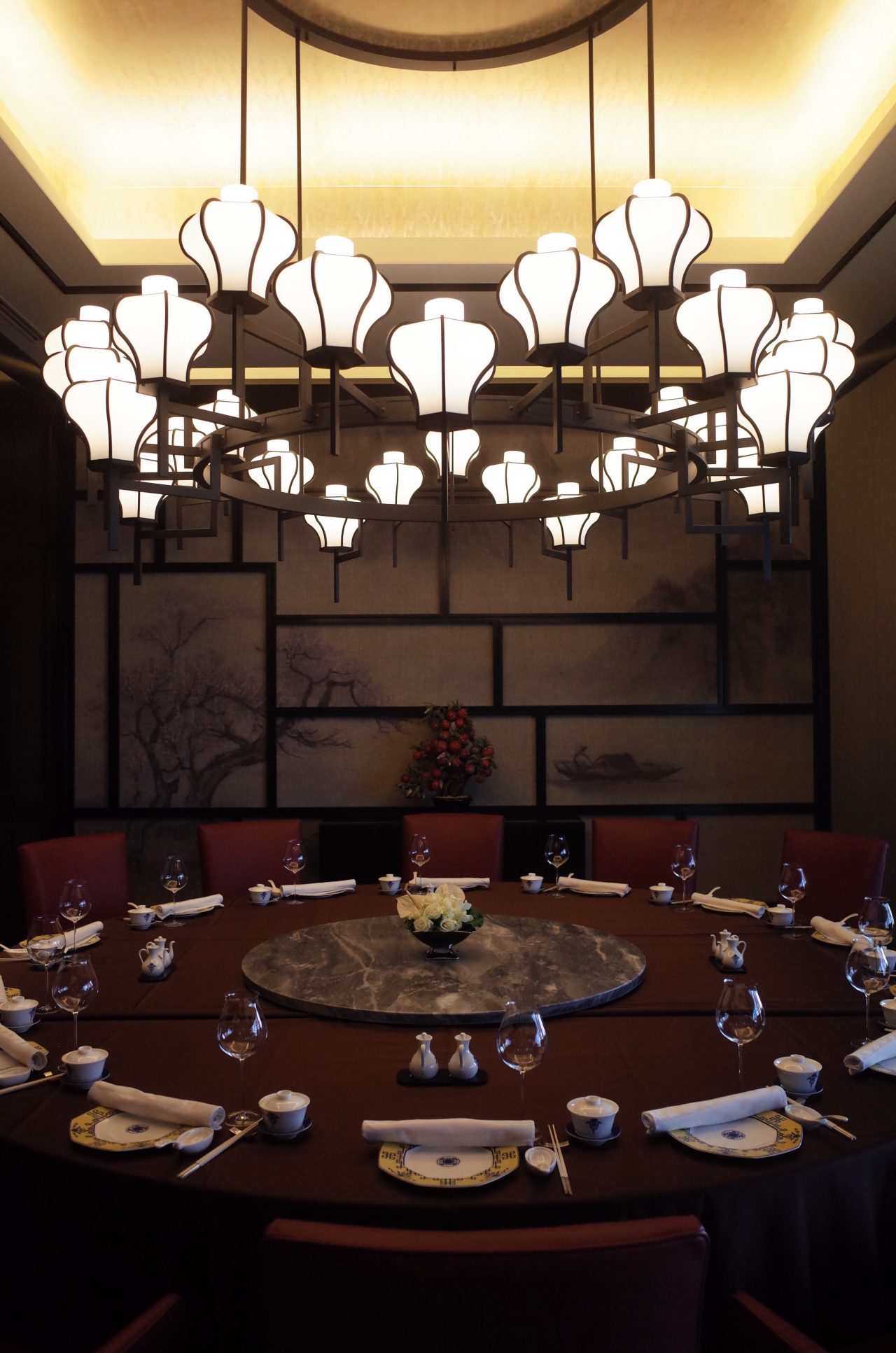THE OKURA TOKYO
Reinventing The Past, Yoshio Taniguchi Creates An Impressive New Era

When the iconic and beloved Hotel Okura in Tokyo announced that it would be demolishing its Main Wing after five decades, the news sent shockwaves to the world in fear of losing one of Japan’s most integral examples of mid-century modernist Japanese architecture and design. Every element of the hotel was a showcase of craftsmanship created from generations of artisans, embodying the incomparable understanding of aesthetics in light and shadow and likened to a national cultural asset. The change was a sign of Japan’s impending and inevitable modernisation and rapid growth.
Designed in 1962 by two leading architects Yoshiro Taniguchi and Hideo Kosaka, Hotel Okura presented the notably high standard in Japanese craftsmanship in harmony with modern design (wooden lattice work partitionings, urushi lacquered furniture, wall tapestries) including ikebana floral arrangements reflecting Japan’s distinctive seasons (coordinated by the Sekiso-Ryu flower-arranging school since opening) and exquisite regional ceramics.
It could be seen as serendipitous that now, almost six decades later, a whole new hotel is unveiled prior to an anticipated 2020 Olympics (the same being in 1962, in anticipation of the 1964 Tokyo Olympics). Situated directly next to the existing Hotel Okura (where the South Wing remains), the new The Okura Tokyo unveils two looming towers (titled Okura Prestige Tower, and The Okura Heritage Wing) each standing at 188m and 75m in height, respectively. The Okura Tokyo’s two new buildings now host a five-star 508-room luxury hotel, Sky Chapel, bars and lounges, including 19 function rooms such as the Heian Room, one of Tokyo’s largest ballrooms hosting up to 2,500 guests with wall motifs from the Collection of Ancient and Modern Japanese Poems, a National Treasure. Whilst a new Chinese restaurant Toh-Ka-Lin makes a spectacular arrival, some of the original hotel’s beloved restaurants have been recreated, with Yamazato (Japanese cuisine,) Sazanka (teppanyaki) and the Orchid Bar returning with a warm welcome.
The new hotel presents a triumphant return, in what is almost an exact reincarnation. It’s a pleasant surprise to find that many of the original hotel elements remain; the staff continue to welcome guests in kimonos and sharp suiting, with the familiar hexagon-based Rokkaku (seasonal entrance display) and beloved World wall map and original Seiko global time clock also refurbished and reinstated. The most anticipated unveiling was reserved for the new Main Lounge, which formerly played a central part as the heart of the building, bringing mixed usage for hotel guests and business meetings, to impromptu visitations from design admirers from all over the world. The original Main Lounge and Lobby was notably designed by Yoshiro Taniguchi, whose own love and respect for handmade generational-craftsmanship led Hotel Okura to feature some of the most impressive examples of Japanese crafts. It is now in the same vein that his son, architect Yoshio Taniguchi, leads the new design details and features with a parallel in intended artisanal legacy. Taniguchi Jr explains, “The original lobby designed by my father was extremely popular, so I felt a special responsibility to create distinctive Japanese designs that would similarly inspire guests for years to come.”
As an almost-exact replica with a twist of modern interpretation, find The Okura Tokyo’s Main Lounge and Lobby featuring many original elements now reproduced in the 21st century, where a new generation of craftsmen were appointed to execute existing and revisit lost techniques. The lounge petal-shaped chairs (together forming a plum flower) were re-lacquered and re-upholstered back to their former glory. While some were newly reproduced, the iconic Okura hanging lanterns (in reference to ancient ornamental beads from the Kofun (Tumulus) period) were restored and feature new LED lights (as an environmental consideration) and furthermore after extensive reconfiguration, have been remarkably adjusted to expel the same light as it’s 1962-counterpart.
Here, the openness and fluidity of the space remains. Light filters through Japanese washi paper shoji screens and asanoha-mon intricate wooden latticing by the lounge’s large glass window panels, and a second floor balcony seating area has once again been integrated allowing for all-encompassing views of the spectacular ground floor. The original lounge featured hanging Four Petal Flowers ornamental textile works painted by the late ceramic painter Kenkichi Tomimoto, where the National Treasure’s artwork has been reprised in new tsuzure-ori tapestry weavings newly produced by Kyoto-based Tatsumura Textile Co. Whilst no record remained detailing the techniques and production process of embossing with flowers, the original 1962-designed tapestry was carefully studied to identify clues in its replication.
Whilst approached with much trepidation, The Okura Tokyo is an extraordinary new reprise and respectful homage to an iconic preservation of Japanese design and culture, that now, will continue to exist for generations to come.
